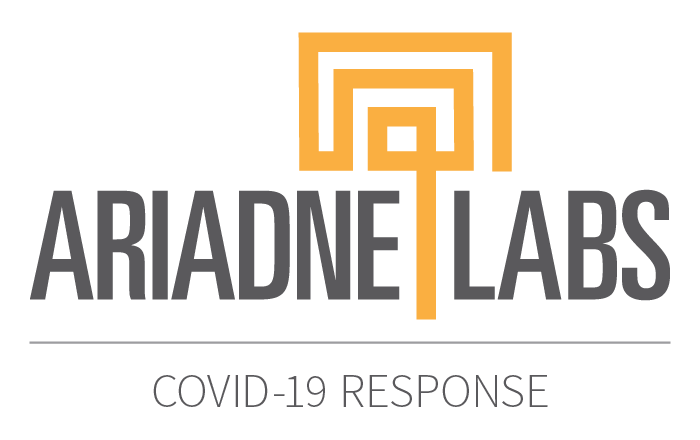Over the course of our summer convenings, we had an opportunity to hear from a broad group of people observing rapid changes to the health system in real time during a once in a century health crisis. Community members, clinicians, healthcare administrators, and leaders in public health came together in a series of four virtual sessions to identify and synthesize shared challenges and innovations in caring for birthing people during COVID-19. This approach clarified which common challenges need to be prioritized and which types of innovations are likely to stick in the long term.
We also witnessed how important it is to be inclusive of multiple perspectives to find our way forward, as well as how our findings were ultimately limited by the perspectives we were able to include. Through these efforts, clinicians had an opportunity to learn from the experiences of people who gave birth during the pandemic and reflect together. Participants could confer about key contextual differences in geography, access to resources, and service needs.
We strongly encourage this type of continuous listening, reflecting, and learning as we aim to produce better care systems. We have included a summary of our convening process, as well as a link for more specific details of our convening planning.
Session Structure and Design
Each session featured brief presentations from the project team, stories or examples from participants to spark discussion, and breakout groups for virtual synchronous work.
Level-Setting
In the opening presentation of each session, we included slides and discussion of our values of inclusivity, transparency, respect, and equity; we communicated our respect for lived and embodied experiences; and we asked that participants not share on social media or identify speakers after the session without their permission (see “Our Community Engagement Guidance” below). By starting each session with this level-setting, we aimed to create a safe and inclusive space for fruitful discussion.
Our Community Engagement Guidance
Participation Goals
To bring forward creativity and innovations in practice that improve the quality and experience of maternal/child care
Values
Community, inclusivity, transparency, respect, equity
Respect & Inclusion
We intend to foster a safe, inclusive space for everyone, especially for Black and Indigenous People of Color (BIPOC), Asian-Americans and Latinx people, LGBTQIA+ people, neurodiverse individuals and people of diverse ages, status, professional disciplines, and walks of life.
We respect lived and embodied experience.
We recognize that impact matters, regardless of intent.
Breakout Groups
Each breakout group was facilitated by members of the project team. In breakout groups, participants had the opportunity to collaborate and document their discussions in virtual workspaces.
Participants
We utilized the virtual format to engage a broad set of community members and clinicians from across the country. To recruit participants, we partnered with an obstetric staffing organization, as well as nursing, midwifery, and doula organizations—these organizations helped us also reach out to client-community members, including people who gave birth during the pandemic. Those who joined in non-professional capacity were compensated for their time, as were members of the steering committee.
We brought together a diverse group of 244 unique participants (not including facilitators). Participants represented multiple stakeholders and spanned 37 US states in addition to the UK, with 63% of participants joining from urban areas, 27% joining from suburban areas, and 10% joining from rural areas. Between each session, we evaluated the content and attendee demographics, and made additional recruitment efforts to increase the diversity of voices and center our focus on equity for vulnerable and marginalized populations. The sessions averaged about 80 non-facilitating participants per session.
If you are interested in getting involved in this work or want to learn more, we invite you to collaborate with us.


